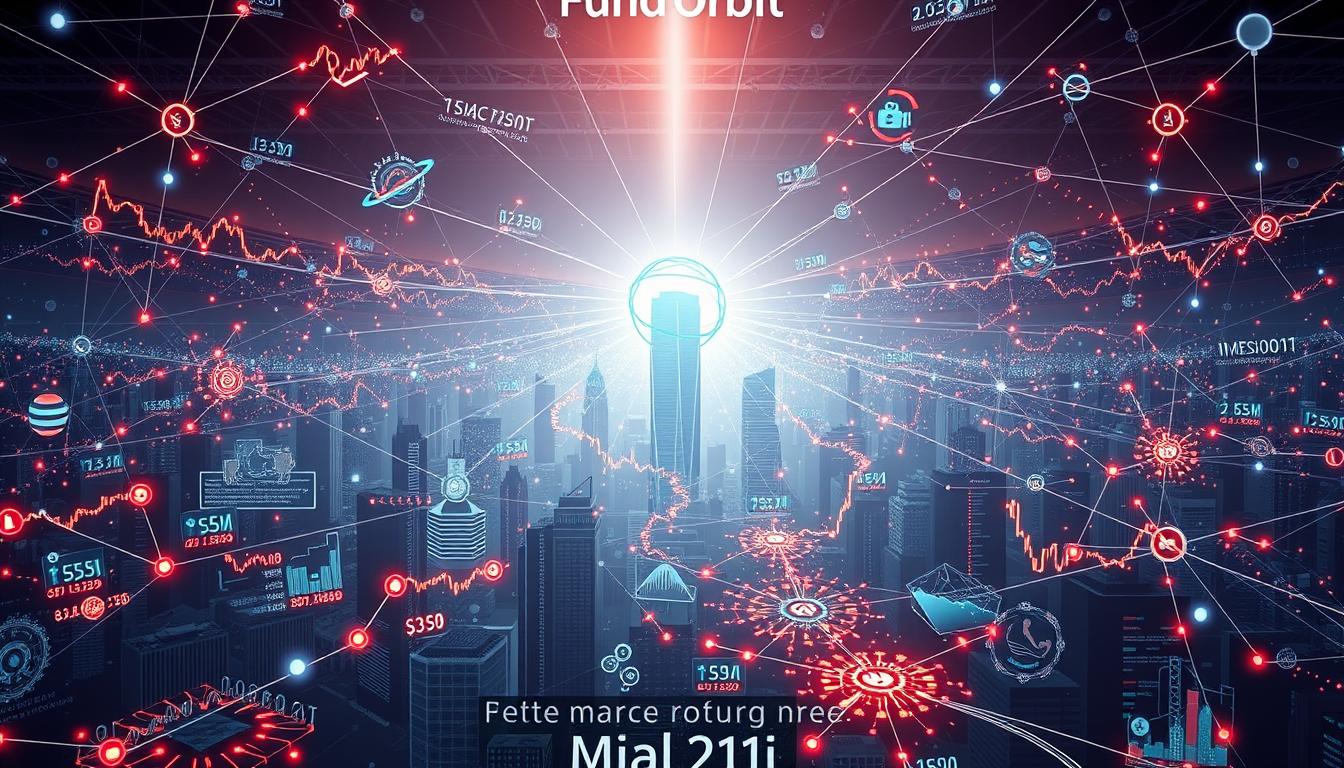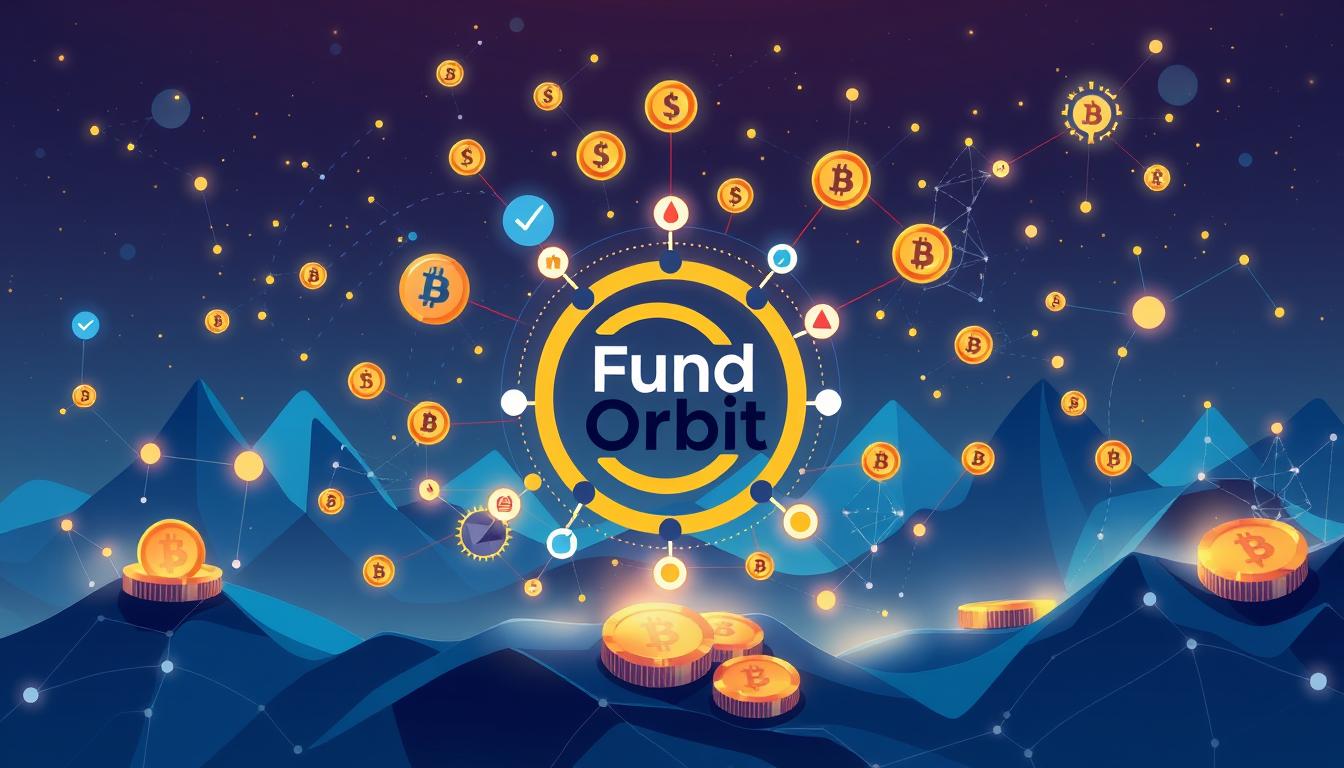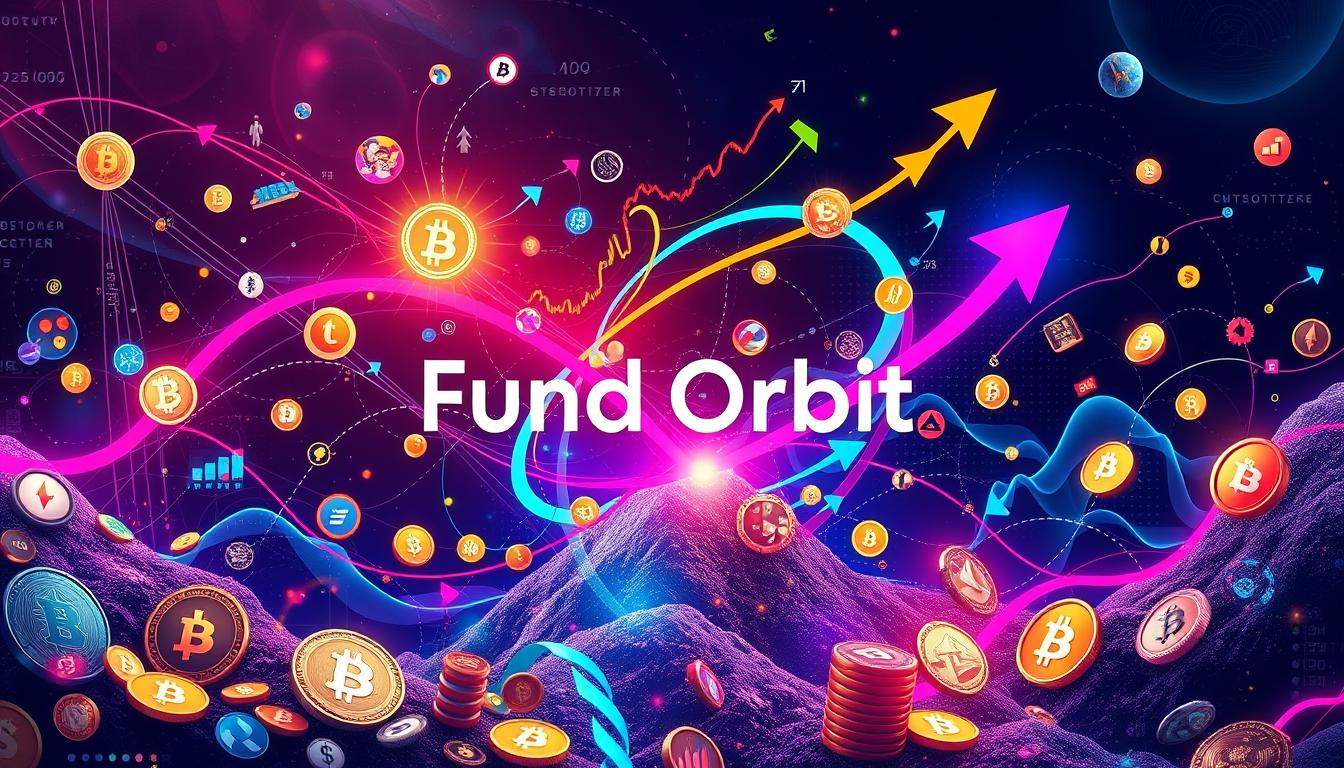The global DeFi market is on the cusp of a revolutionary growth trajectory, with its size predicted to skyrocket from USD 32.36 billion in 2025 to approximately USD 1,558.15 billion by 2034, at a staggering CAGR of 53.80%. This explosive growth is driven by the increasing demand for transparent, accessible, and permissionless financial services.
As we explore the future of finance, it becomes clear that DeFi is revolutionizing the global financial landscape by removing intermediaries and creating more accessible financial systems through blockchain technology and smart contracts.
At CoWrit Technologies Inc, we help businesses navigate this complex landscape through our specialized content and digital solutions.
Key Takeaways
- The DeFi market is expected to experience significant growth, reaching USD 1,558.15 billion by 2034.
- DeFi is democratizing access to financial services through blockchain technology.
- The growth is driven by demand for transparent and accessible financial services.
- DeFi is capturing the attention of both individual and institutional investors.
- CoWrit Technologies Inc provides specialized content and digital solutions for businesses in the DeFi space.
The Current State of Decentralized Finance
The DeFi space is witnessing a paradigm shift, with new platforms and technologies emerging to challenge traditional financial systems. This transformation is driven by the numerous advantages offered by DeFi technology providers, including the elimination of centralized financial institutions and associated fees.
Market Size and Growth Projections
The DeFi market is experiencing rapid growth, driven by increasing demand for decentralized financial services. According to recent reports, the DeFi market is expected to continue its upward trend, with significant growth projections in the coming years. For more detailed information, you can visit the DeFi market report.
| Year | Market Size | Growth Rate |
|---|---|---|
| 2022 | $10 billion | 20% |
| 2023 | $15 billion | 50% |
| 2024 | $25 billion | 66.67% |
Key Drivers of DeFi Adoption
Several factors are driving the adoption of DeFi, including the elimination of intermediaries and associated fees, the enablement of trustless transactions through blockchain technology, and the promise of financial inclusion for underserved regions. Additionally, DeFi mechanisms such as yield farming offer attractive returns compared to traditional financial products.
- The open-source nature of many DeFi protocols is accelerating innovation and creating network effects.
- User-friendly interfaces and improved accessibility are making DeFi more approachable for mainstream users.
- The potential for decentralized finance to democratize access to financial services is a significant driver of adoption.
Understanding the DeFi Ecosystem
Understanding the DeFi ecosystem requires a deep dive into its core components and layered architecture. The DeFi ecosystem is built on blockchain technology, enabling a wide range of financial services and applications.
Core Components of Decentralized Finance
The core components of DeFi include blockchain platforms, protocols, smart contracts, and various applications. These components work together to provide a robust and decentralized financial system.
The blockchain platforms, such as Ethereum, serve as the foundation for DeFi applications. Protocols define the rules and standards for these applications to interact with the blockchain. Smart contracts automate the execution of financial transactions and agreements, ensuring transparency and security.
The DeFi Stack: A Layered Architecture
The DeFi stack is a layered architecture that outlines the components and technologies enabling decentralized financial services on blockchain platforms. It consists of several layers, each serving a specific function.
The DeFi stack includes the settlement layer, protocol layer, asset layer, application layer, and aggregation layer. The settlement layer is the base blockchain, such as Ethereum, which provides the fundamental infrastructure. The protocol layer includes standards and rules governing DeFi applications. The asset layer comprises various tokens and digital assets flowing through the DeFi ecosystem.
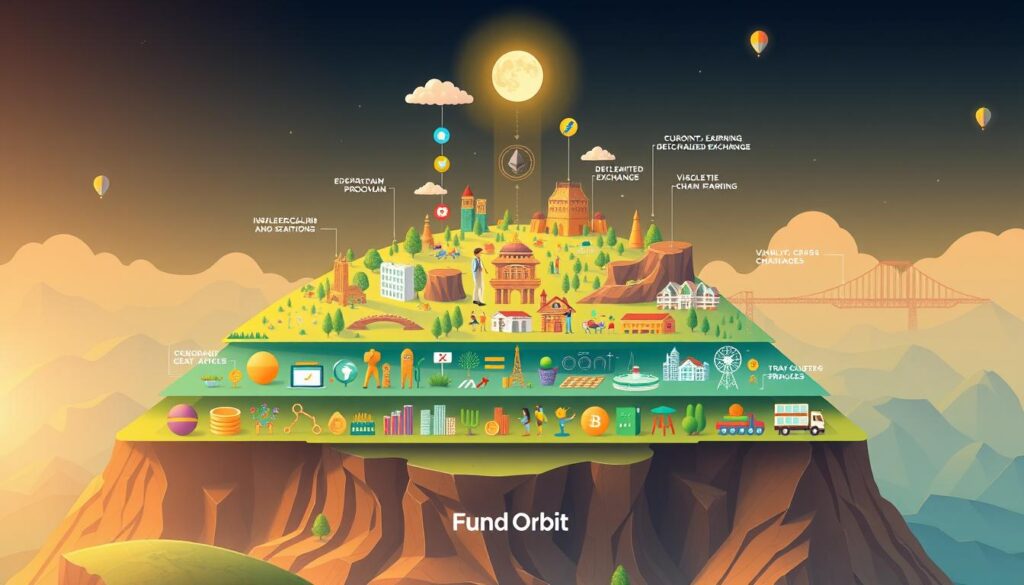
The application layer is where user-facing DeFi products and services operate. The aggregation layer combines multiple DeFi protocols to create more complex financial products. For a more in-depth understanding of DeFi, you can refer to our comprehensive guide on Decentralized Finance (DeFi).
Leading Decentralized Finance Trends Shaping the Industry

Decentralized finance is on the cusp of a revolution, with emerging trends set to redefine the financial landscape. As the industry continues to evolve, several key trends are gaining momentum, shaping the future of DeFi.
Integration with Traditional Finance (TradFi)
The integration of DeFi with Traditional Finance (TradFi) is becoming increasingly important. This trend is driven by the need for interoperability between the two financial systems. DeFi protocols are now being designed to work seamlessly with traditional financial instruments, enabling a more cohesive and robust financial ecosystem.
As a result, we’re seeing the emergence of new financial products that combine the benefits of DeFi, such as transparency and accessibility, with the stability and security of TradFi.
Cross-Chain Liquidity and Interoperability
Cross-chain liquidity and interoperability are critical for the growth of DeFi. By enabling seamless interactions between different blockchain networks, DeFi protocols can tap into a broader range of assets and liquidity pools, enhancing overall market efficiency.
This trend is being driven by the development of cross-chain bridges and interoperability protocols, which are facilitating the transfer of assets between different blockchain ecosystems.
Real-World Asset (RWA) Tokenization
The tokenization of Real-World Assets (RWAs) is another significant trend in DeFi. By representing physical assets as digital tokens on a blockchain, RWA tokenization is making it possible to trade and invest in a wide range of assets, from real estate to commodities, in a more efficient and transparent manner.
This trend has the potential to unlock new investment opportunities and increase liquidity in traditionally illiquid markets.
Sustainable Finance Initiatives
Sustainable finance is gaining momentum in DeFi, driven by the need to align with global environmental, social, and governance (ESG) standards. DeFi protocols are now incorporating eco-friendly practices and carbon offset mechanisms, reducing the environmental impact of blockchain technology.
We’re also seeing the emergence of carbon-neutral or carbon-negative blockchain networks designed specifically for DeFi applications. These initiatives are not only reducing the environmental footprint of DeFi but also attracting a new demographic of environmentally conscious investors.
By covering these key trends, we can gain a deeper understanding of the evolving DeFi landscape and the innovations that are shaping its future.
Technological Innovations Driving DeFi Growth
DeFi’s rapid evolution is largely attributed to technological innovations that are improving its infrastructure and applications. Emerging technologies are playing a pivotal role in redefining how decentralized finance platforms handle risk and detect fraud. In an environment that lacks centralized oversight, intelligent systems are essential for maintaining security and trust.
The real-time processing of enormous amounts of blockchain algorithms can spot odd trends and abnormalities that could indicate dangers like front-running phishing schemes or flash loan exploits. As we explore the technological innovations driving DeFi growth, we’ll examine three key areas: Layer 2 scaling solutions, smart contract advancements, and AI and machine learning integration.
Layer 2 Scaling Solutions
Layer 2 scaling solutions are crucial for improving the scalability of DeFi platforms. These solutions enable faster transaction processing and reduce costs, making DeFi more accessible to a wider audience. By leveraging technologies like Optimistic Rollups and zk-Rollups, DeFi platforms can significantly enhance their performance and user experience.
Smart Contract Advancements
Advancements in smart contract technology are also driving DeFi growth. New platforms are emerging with more secure, flexible, and user-friendly smart contract solutions. For instance, the development of more sophisticated smart contract languages and frameworks is enabling more complex financial instruments and applications.
AI and Machine Learning Integration
The integration of AI and machine learning into DeFi protocols is enhancing functionality and security. AI algorithms are improving risk assessment and fraud detection in decentralized lending platforms. Machine learning models are optimizing liquidity provision and yield farming strategies. Predictive analytics are helping users make more informed decisions in the volatile DeFi market.
We are also seeing AI enable more personalized DeFi experiences based on user behavior and preferences. The potential for AI governance systems to manage and optimize protocol parameters automatically is significant. Moreover, AI can help bridge the knowledge gap for newcomers to DeFi through intelligent assistants and recommendation engines.
| Technological Innovation | Application in DeFi | Benefits |
|---|---|---|
| Layer 2 Scaling Solutions | Faster transaction processing | Improved scalability, reduced costs |
| Smart Contract Advancements | More complex financial instruments | Enhanced security, flexibility |
| AI and Machine Learning | Risk assessment, fraud detection | Improved security, personalized experiences |
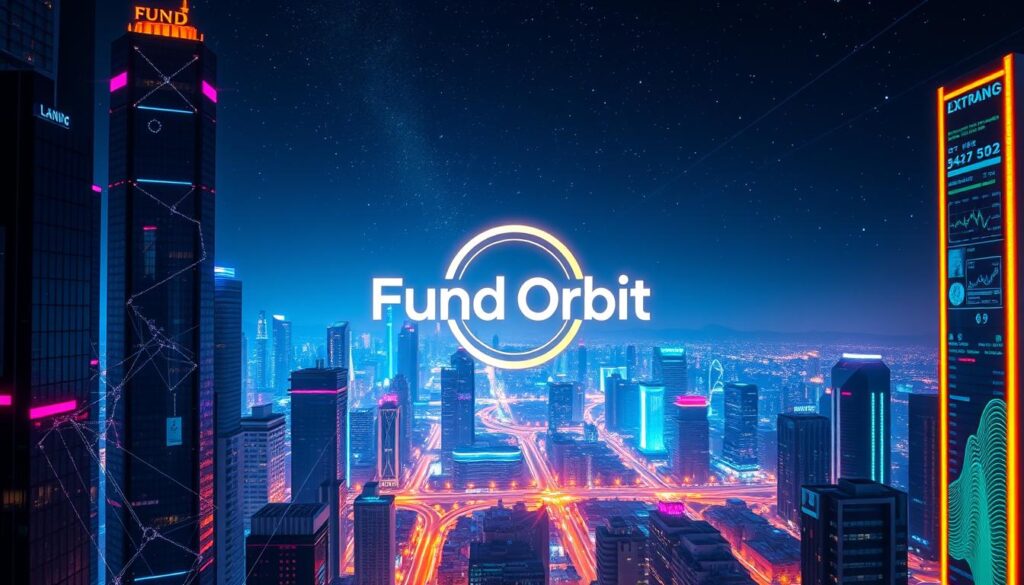
Emerging DeFi Applications and Use Cases
As DeFi continues to evolve, new applications and use cases are emerging, transforming the financial landscape. The DeFi space is witnessing a surge in innovative protocols and platforms that are redefining traditional financial services.
Decentralized Exchanges (DEXs) and Automated Market Makers (AMMs) are becoming increasingly popular, allowing users to trade assets in a trustless manner. DEXs enable peer-to-peer transactions without intermediaries, while AMMs provide liquidity to these exchanges through algorithmic pricing mechanisms.
Decentralized Exchanges (DEXs) and Automated Market Makers (AMMs)
DEXs and AMMs are revolutionizing the way we trade assets. By eliminating the need for intermediaries, they reduce transaction costs and increase the speed of trades. “The rise of DEXs and AMMs is a significant step towards a more decentralized and efficient financial system.”
These platforms are not only limited to cryptocurrency trading but are also being explored for traditional asset classes, further expanding their potential.
Lending and Borrowing Protocols
Lending and borrowing protocols are another crucial component of the DeFi ecosystem. They enable users to lend their assets to earn interest or borrow assets by providing collateral. This has opened up new avenues for liquidity provision and has democratized access to credit.
As the DeFi space matures, these protocols are becoming more sophisticated, with features like credit scoring and collateral-free lending being explored.
Yield Farming and Liquidity Mining

Yield farming and liquidity mining have emerged as popular strategies for maximizing returns in DeFi. By providing liquidity to various protocols, users can earn rewards in the form of tokens or yield. However, these strategies come with their own set of risks, including impermanent loss and smart contract vulnerabilities.
As the DeFi ecosystem continues to evolve, we can expect to see more sophisticated yield optimization strategies and the development of more sustainable tokenomics.
According to industry experts,
“Yield farming and staking offer higher returns compared to traditional finance, revolutionizing the way people and businesses transfer value internationally.”
Regional Insights: Global DeFi Adoption
Regional insights into DeFi adoption highlight a complex and multifaceted global landscape. As DeFi continues to mature, understanding these regional dynamics is crucial for grasping the future of finance.
North America: Market Leadership and Innovation
North America remains a significant player in the DeFi market, driven by the United States’ strong financial infrastructure and technological innovation. The region is home to numerous DeFi projects and has seen substantial investment in DeFi-related initiatives. The presence of major financial hubs and a favorable regulatory environment in some jurisdictions have contributed to its leadership position.
Asia Pacific: The Fastest Growing DeFi Market
The Asia Pacific region is experiencing rapid growth in DeFi adoption, fueled by increasing interest from both retail and institutional investors. Countries like China, Japan, and South Korea are at the forefront of this growth, with significant advancements in blockchain technology and a burgeoning crypto market. The region’s growth is also driven by a young, tech-savvy population eager to embrace new financial technologies.
Europe: Regulatory Frameworks and Adoption
Europe is growing at a considerable rate in the global DeFi market, supported by robust institutional interest and organized digital finance frameworks. The region’s balanced approach to innovation and regulation has fostered trust in decentralized platforms. We observe that DeFi protocols are being integrated into conventional systems by an increasing number of fintech companies. An ecosystem of competition is also being shaped by government-supported digital projects and research institutes.
Key aspects of Europe’s DeFi landscape include:
- The EU’s Markets in Crypto-Assets (MiCA) regulation is creating a standardized framework for DeFi across member states.
- European financial institutions are cautiously embracing DeFi through controlled experimentation and partnerships.
- Countries like Switzerland, Germany, and the UK are positioning themselves as DeFi-friendly jurisdictions.
| Region | DeFi Adoption Drivers | Notable Trends |
|---|---|---|
| North America | Technological innovation, favorable regulations | Significant investment in DeFi initiatives |
| Asia Pacific | Young population, blockchain advancements | Rapid growth in crypto market |
| Europe | Regulatory balance, institutional interest | Integration of DeFi into traditional finance |
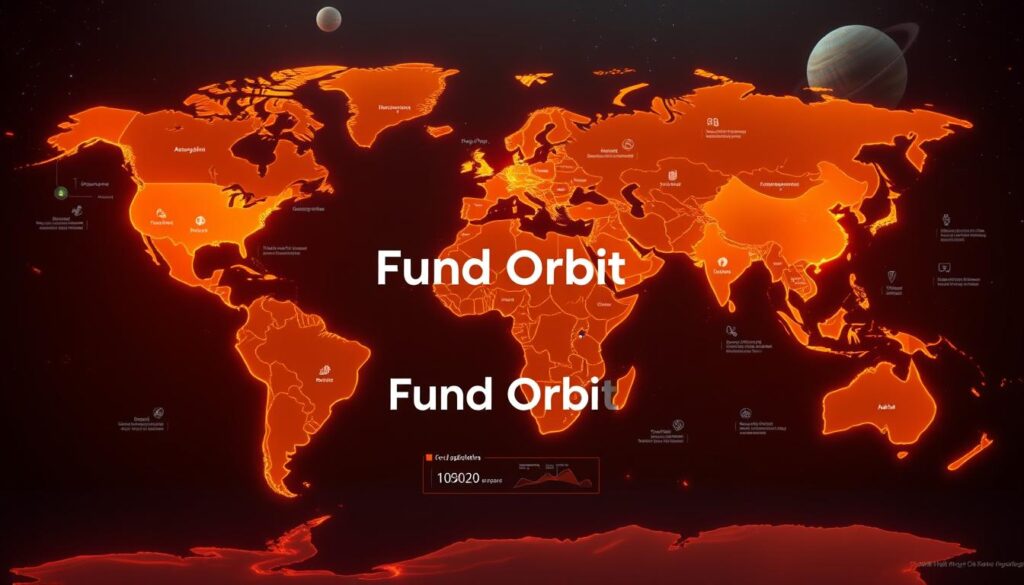
Challenges and Opportunities in the DeFi Space
The decentralized finance sector is not without its challenges, which include regulatory uncertainty and security concerns. As DeFi continues to grow, it is crucial to address these issues to ensure sustainable development.
Regulatory Uncertainty and Compliance
DeFi operates in a gray area in many countries, with ambiguous or constantly changing regulations. The classification of DeFi products as securities, commodities, or something else is still debated among governments, creating uncertainty for developers, investors, and users. This uncertainty can lead to unforeseen limitations or legal action, hindering the growth of DeFi platforms. There’s a need for clearer regulations to foster innovation while protecting users.
Security Concerns and Risk Management
Security is a significant concern in DeFi, with the potential for hacks and exploits due to vulnerabilities in blockchain technology or smart contracts. To mitigate these risks, DeFi platforms must implement robust security measures. The value of assets locked in DeFi protocols makes them attractive targets for malicious actors.
| Security Measure | Description | Benefit |
|---|---|---|
| Smart Contract Audits | Regular audits to identify vulnerabilities | Enhanced security |
| Multi-Signature Wallets | Wallets requiring multiple approvals for transactions | Reduced risk of unauthorized transactions |
| Insurance Protocols | Protocols offering insurance against potential losses | Protection for users |
User Experience and Accessibility
User experience is a critical factor in DeFi adoption. Complex terminology, multiple steps for transactions, and technical barriers create friction for new users. There’s a need to simplify the DeFi experience. Innovations in user interface design, such as mobile apps and intuitive interfaces, are making DeFi more accessible. Education and clear documentation are also essential in helping users navigate the DeFi ecosystem safely.

Conclusion: The Future of Decentralized Finance
Decentralized finance is not just a trend; it’s a movement towards a more transparent, accessible, and sustainable financial future. As we look ahead, several key trends will shape the DeFi landscape over the next 5-10 years. We anticipate increased integration with traditional finance, advancements in blockchain technology, and evolving regulatory frameworks.
To drive sustainable growth, it’s crucial to focus on security, usability, and education. As DeFi continues to mature, it has the potential to create a more integrated global financial ecosystem, offering innovative financial products. Businesses and individuals must prepare for a future where decentralized finance plays a pivotal role in the global economy.
